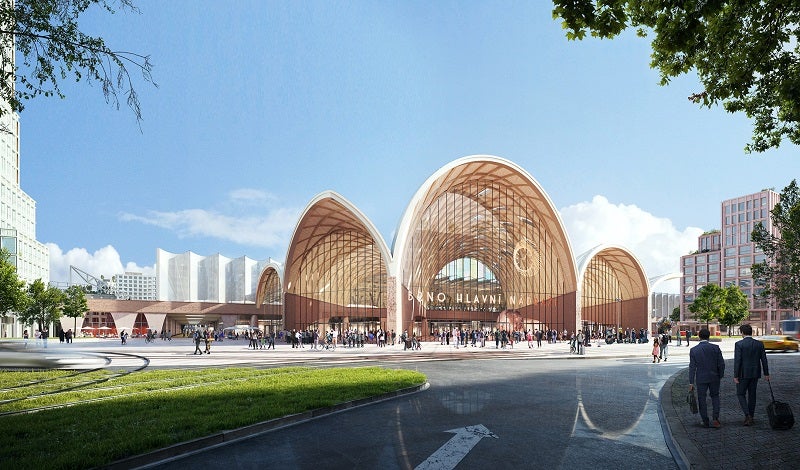
Benthem Crouwel Architects, along with West 8, has won an international architecture competition commissioned by the city of Brno in the Czech Republic.
The companies will now jointly design the new multimodal hub of Brno, urban realm, and nearby station quarter.
With a budget of $2.12bn (€1.8bn), the station’s construction is anticipated to be completed between 2032 and 2035.
The team was chosen out of 46 applications, with 12 design teams selected to participate in the competition.
As per the jury, the winning design features a reference to historic public buildings and a modern intermodal hub, along with public space.
It was developed after evaluating the practical functioning of the new station building and its nearby areas.
In a statement, Benthem Crouwel Architects said: “The station is the catalyst for the city of Brno’s desire to physically and mentally develop the new district as an integral part of the city.
“The winning scheme is a comprehensive solution for a multimodal transport hub including 14 platforms for highspeed and local trains, tram- and city buses, a regional bus station including 40 stops, a metro station, a bicycle and car parking.”
The new station building will provide comfortable passenger services and facilities, such as retail and food and beverage areas.
It will have a convex glass canopy over the train platforms, which will function as a solar energy collector for creating a net-positive station.
The company further added: “Bio based materials such as Cross Laminated Timber are used in roofing structures and as cladding. At the same time, by significantly reducing the length of the viaducts, the use of reinforced concrete is limited to an absolute minimum to greatly improve the carbon footprint of the station design.”
The design also includes other features such as nature-based rainwater management system, natural ventilation, and a reversible heat pump coupled with a geothermal source.


